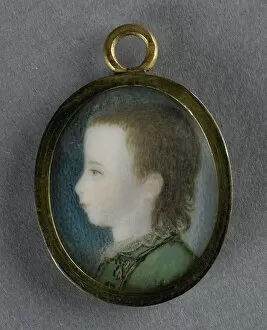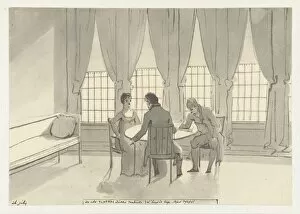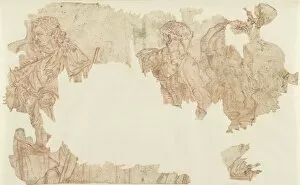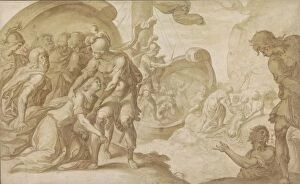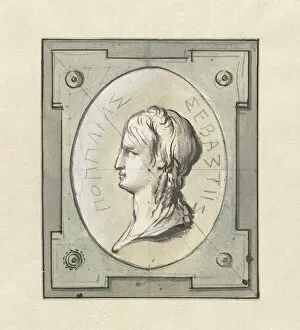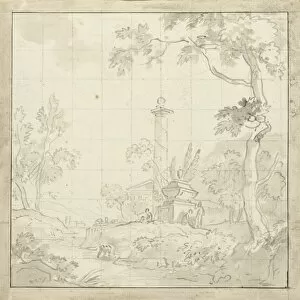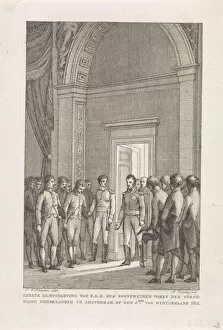Willem I Frederik Collection
"Willem I Frederik: The Virtuous Ruler and Heir of Oranje-Nassau" In this captivating group portrait, we see the four brothers, including William I Prince
For sale as Licensed Images
Choose your image, Select your licence and Download the media
"Willem I Frederik: The Virtuous Ruler and Heir of Oranje-Nassau" In this captivating group portrait, we see the four brothers, including William I Prince, showcasing their regal presence. Among them stands Willem Frederik (1772-1843), the esteemed heir of Oranje-Nassau and a prince in his own right. Known for his fluctuating women virtues, Willem I Frederik was a ruler with an intriguing personality. The ornamental jug beside him bears handwritten text from Amsterdam, symbolizing his connection to the city's rich history. On July 26th, he chooses to document his thoughts in a diary while enjoying the serene beauty of Scheveningen. Remnants of standing male figures surround him, representing informal contacts that shaped his reign. In one scene, he engages in conversation with Trachin Chariclea from Greek mythology—a testament to his intellectual curiosity and love for diverse cultures. A design on the wall catches our attention—an exquisite wallpaper painting depicting Willem I Frederik as King. This artistic portrayal showcases not only his power but also highlights his refined taste for aesthetics. A silhouette portrait captures the essence as King of Netherlands—his noble profile etched against a backdrop of grandeur and authority. An audience gathers eagerly as they await their first hearing with Willem I Frederik in 1813. His presence commands respect and admiration among those seeking guidance during challenging times. Through these hints scattered throughout history, we catch glimpses into the life and legacy of Willem I Frederik—a virtuous ruler who left an indelible mark on both art and politics alike.



